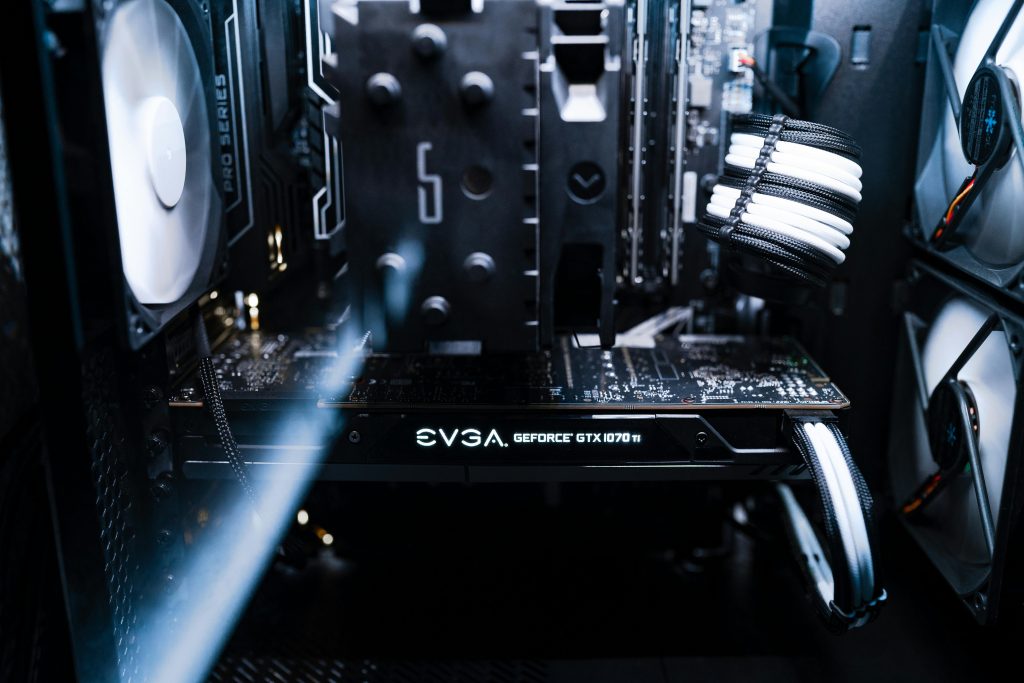Connecting a Canon ImageRUNNER C3380i to Wireless Network Using BrosTrend AC1200 Dual-Band Ethernet to WiFi Adapter: A Practical Guide
In today’s increasingly digital work environments, ensuring that office equipment such as multifunction printers are seamlessly connected to the network is essential for efficiency. Recently, I acquired a used Canon ImageRUNNER C3380i to support my office operations. Given that the device predates many modern wireless solutions, establishing a reliable WiFi connection presented a unique challenge. To overcome this, I opted for the BrosTrend AC1200 Dual-Band Ethernet to WiFi Adapter, a versatile tool designed to bridge Ethernet-enabled devices to wireless networks.
Initial Setup and Configuration
The process began with physically connecting the BrosTrend AC1200 Adapter to the printer’s Ethernet port. Following the manufacturer’s instructions, I configured the adapter to connect to my office WiFi network. The setup was straightforward: I accessed the adapter’s configuration interface, selected my network SSID, entered the password, and confirmed that the connection was established successfully. Indicators on the device confirmed a stable connection to the WiFi network.
Challenges Post-Connection
Despite confirming the adapter’s successful connection, I encountered uncertainties regarding the next steps. Manufacturers like BrosTrend often provide limited guidance beyond establishing the WiFi link, especially for legacy devices such as the Canon ImageRUNNER C3380i. Unlike modern printers that support direct WiFi setup via menus, older models may require additional configuration to recognize the network connection.
Next Steps and Recommendations
To effectively utilize the printer in a wireless setup, consider the following steps:
-
Network Configuration on the Printer:
Access the printer’s network settings menu directly via its control panel. Depending on the model, you might need to configure the printer to recognize networked servers or to enable the network interface. -
Driver and Software Setup:
Ensure that the necessary printer drivers are installed on your computer, with network setup selected instead of USB or parallel connections. Use the printer’s IP address, which can often be found through the printer’s menu or via your router’s connected devices list. -
Assigning a Static IP Address:
To prevent connectivity issues, assign a static IP to the printer through your router or directly via the printer’s network settings. -
Testing Connectivity:
Ping the printer’s IP address from your computer to verify network recognition. Attempt to add the printer using the operating system’s network
Share this content:



